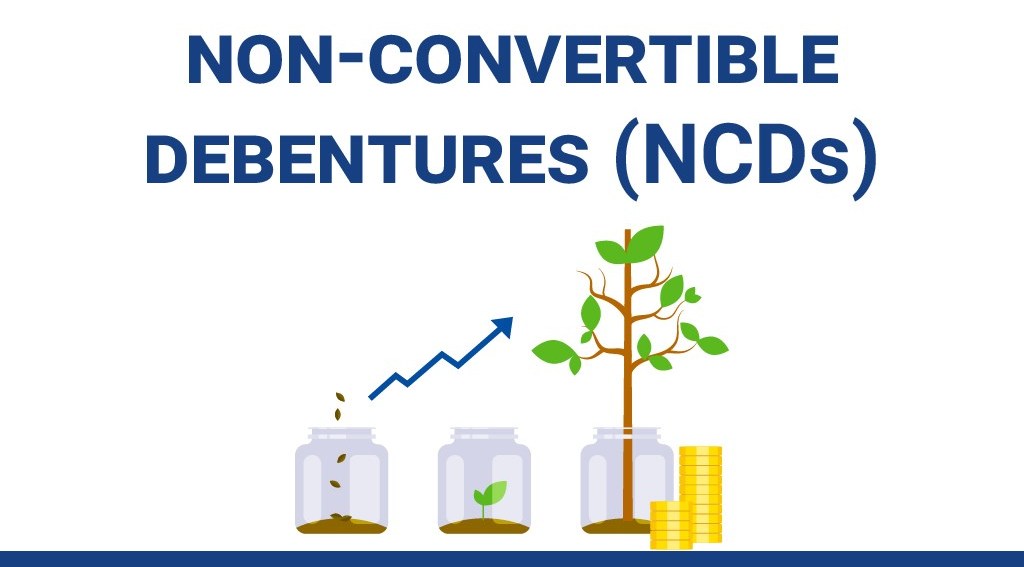July 09, 2020
PURPOSE
The purpose of the introduction of this section is another step towards curbing the cash economy, to promote digital transaction and to discourage cash transaction. This section is effective from July 1st, 2020 under the Indian Income Tax Law.
APPLICABILITY
This section is applicable to cash withdrawal on the recipient’s hand. Recipient, in this case, are 1. Individual 2. HUF 3. Partnership Firm or LLP 4. Local authority 5. Company 6. AOP or BOI.
DEDUCTOR
Deductor means a person responsible to deduct tax on behalf of the recipient. For the purpose of this section, the deductor are: 1. Banking company 2. Cooperative society engaged in the business of banking 3. Post office responsible for paying any sums from one or more accounts maintained by the recipient with it.
Thus, when these institutions pay money in cash to the recipient, they are supposed to deduct TDS and pay to the Government.
MONETARY LIMIT
The set monetary limit for the purpose of the applicability of this clause is Rs. 1 crore in a financial year. However, this limit is subject to some exceptions mentioned below.
POINT OF DEDUCTION
Tax (TDS) is to be deducted at the time of making the payment in cash to the recipient. Thus when a recipient withdraws a certain sum of money at regular intervals, the payer will have to deduct TDS once the total sum withdrawn exceeds Rs.1 crore.
For instance, if a person (recipient) withdraws Rs. 99 Lakhs in the aggregate in a financial year and his next withdrawal is of Rs. 1,50,000 then TDS to be deducted on Rs. 50,000.
RATE OF TDS
The rate of TDS has been categorized into two types of the assessee. For the purpose of understanding, these assessees have been categorized under A & B below.
A. In case of a recipient who has NOT FILED THE RETURNS OF INCOME for all the 3 assessment years relevant to the 3 previous years for which the time limit to file the return under section 139(1) has expired.
i. where the cash withdrawal during the previous year exceeds Rs. 20 lacs but does not exceeds Rs. 1 crore, TDS to be deducted at the rate of 2%.
ii. where the cash withdrawal during the previous year exceeds Rs. 1 crore, TDS to be deducted at the rate of 5%.
B. Others. Means those recipients who has FILED THE RETURNS OF INCOME for all the 3 assessment years relevant to the previous 3 years.
i. Where the cash withdrawals during the previous year exceed Rs. 20 lacs but does not exceeds Rs. 1 crore, no TDS to be deducted.
ii. Where the cash withdrawals during the previous year exceed Rs. 1 crore, TDS to be deducted at the rate of 2%.
NON APPLICABILITY
Where payment is made to the following, this section shall not be applicable.
- Government 2. Any banking company including a cooperative bank 3. Post office 4. Any business correspondent of a banking company including cooperative banks 5. Any white label ATM operator of a banking company or cooperative bank 6. Any other person as notified by the Central Government in the official gazette.
Thus, no TDS to be deducted if the cash is withdrawn by above recipients.
PROVISIO TO SECTION 198
Generally, the amount on which TDS is deducted the same is added to the income of the assessee for the purpose of computation of tax liability.
However, for the purpose of this section, 194N, the sum deducted in accordance with the provisions of section 194N shall not be income received for the purpose of computing the income of the assessee.
SECTION 206 AA
Section 206 AA defines the consequences if the PAN is not submitted by the recipient to the payer. In such a case, TDS to be deducted at the rate of 20% from Rs. 20 Lakhs withdrawal onwards.


